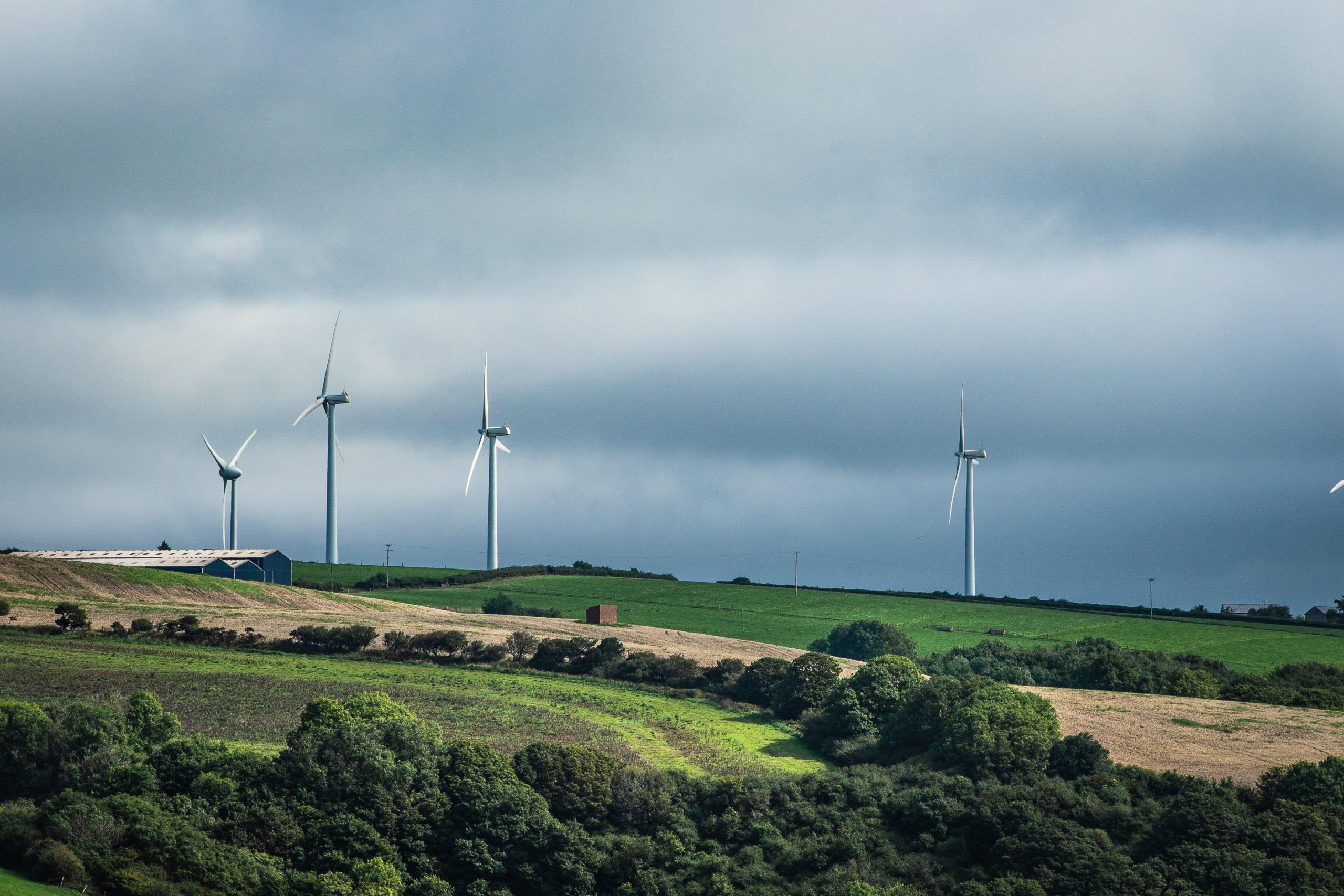England’s onshore wind developers were today preparing a tentative celebration of the Conservative government finally enacting, twelve months after they promised it, a reversal of the government’s eight year de facto ban on Britain’s cheapest source of low carbon electricity.
A ministerial statement in Parliament this afternoon is expected to issue guidance to UK planners, enacting a presumption in favour of new wind turbine farms on English landscapes, thus reversing David Cameron’s block imposed since 2015 on new developments in England.
Opposition from leading Tories to the ban’s continuation, including from former energy secretary & CoP26 president Sir Alok Sharma and from ex-premier Liz Truss, is reported to have forced the hand of ministers, including planning and levelling up secretary Michael Gove and new energy secretary Claire Coutinho.
Cameron clamped down on new English wind projects in 2015, in response to NIMBY-ist lobbying against the technology, orchestrated by Leicestershire MP Chris Heaton-Harris, now the secretary of state for Northern Ireland but at the time a backbencher. Conservative newspapers such as the Daily Telegraph & Daily Mail exaggerated turbines’ alleged harm to house prices and numbers of strikes leading to bird deaths.
Wind electricity has in recent years traded on wholesale markets at between £40 and £50 per MWh, half the pre-Ukraine price of gas-generated power, and lower yet than nuclear.
Behind only solar, land-based wind is also the second quickest power technology to deploy at utility scale. Upfront capital costs of land-based turbines per MW of generation are thought to be about one-third of their marine sisters.
New turbines have continued to be erected in Wales & Scotland under devolved powers.
The Johnson administration twelve months ago signalled a nominal end to Cameron’s then seven-year ban on English ventures. But a succession of planning ministers under three Tory premiers since has left Whitehall failing to complete administrative arrangements. Left in place was Cameron’s block that, in effect, enabled a single local objection to hold up any wind application in England.
Last week, research into popular views among 2,000 UK billpayers continued to draw into question the true extent of vocal, but increasingly unrepresentative opposition to land-based turbines. Copper Communication’s study found that – contrary to NIMBY narratives – older Britons are even more in favour of local renewable power sources – including onshore wind farms in their locality – than their children.
Speaking on BBC Radio 4 at lunchtime today, and before the expected ministerial statement, James Robottom, head of onshore wind at RenewableUK asked for planning processes to treat turbines the same as other onshore structures. He feared that proposals emerging from a government consultation closed in March would not be sufficient to restore developers’ faith.
Investor confidence in the technology was very low, said Robottom, as a result of a planning system likely still to discriminate against onshore wind. ”We are trying to re-start a supply chain from a standing start,” he added.
Conservative objector John Hayes MP, a former energy minister, told the programme that onshore wind farms adversely affected the landscape, local amenities and house prices. “There is no place for onshore wind where it is spreads across the open countryside”, Hayes said.
Chris Skidmore, the Tory MP who reviewed Britain’s Net Zero policies for disgraced premier Johnson, said that the eight-year ban had increased costs on British consumers, by depriving them of lower cost onshore power. Many of his fellow MPs lagged behind a sea-change affecting among UK voters, most of whom now supported greater onshore generation.
Three turbines were erected onshore in England in 2022, including two near Keele, Staffordshire.





If John Hayes MP’s claim that onshore wind turbines lower house prices proves to be true, he will find anyone under 50 who is not a wealthy NEPO hedgefund child will be seriously in favour of turbines being erected in the richer parts of England’s Home Counties. It may be the only way would-be owners will ever access affordable housing.